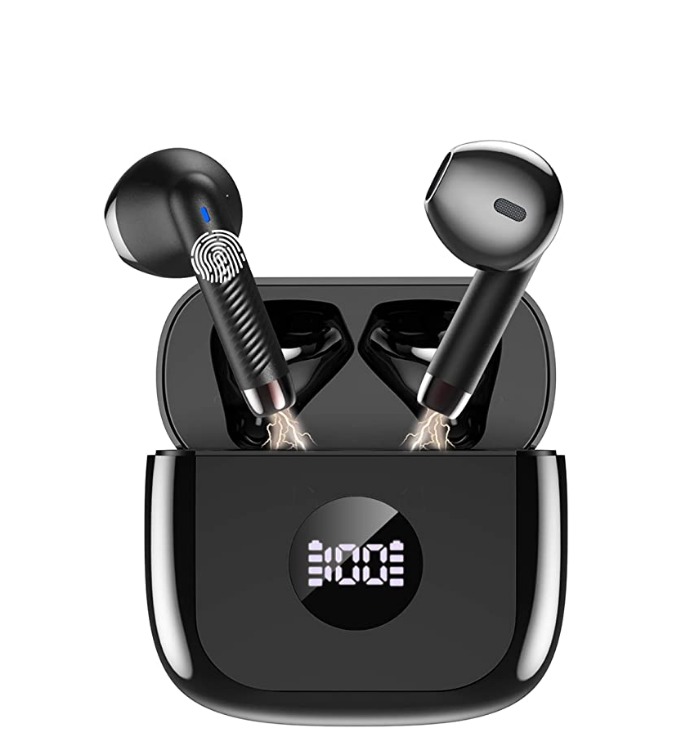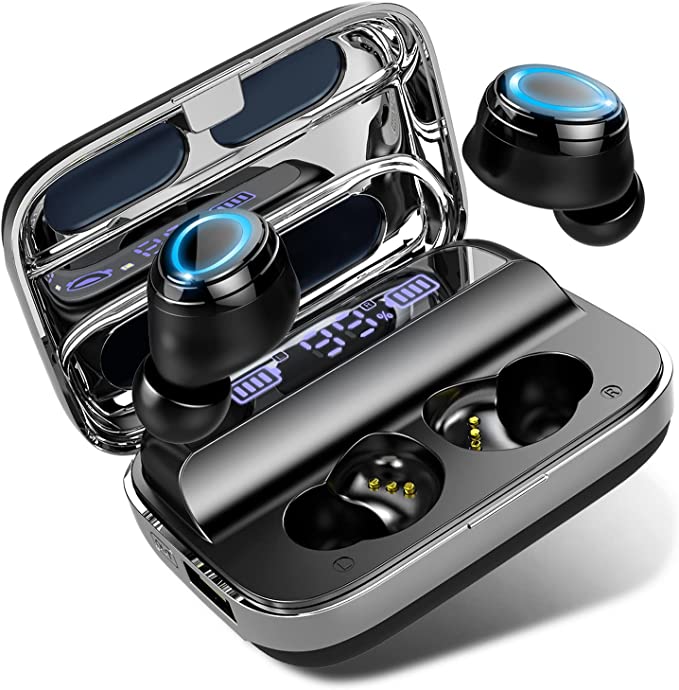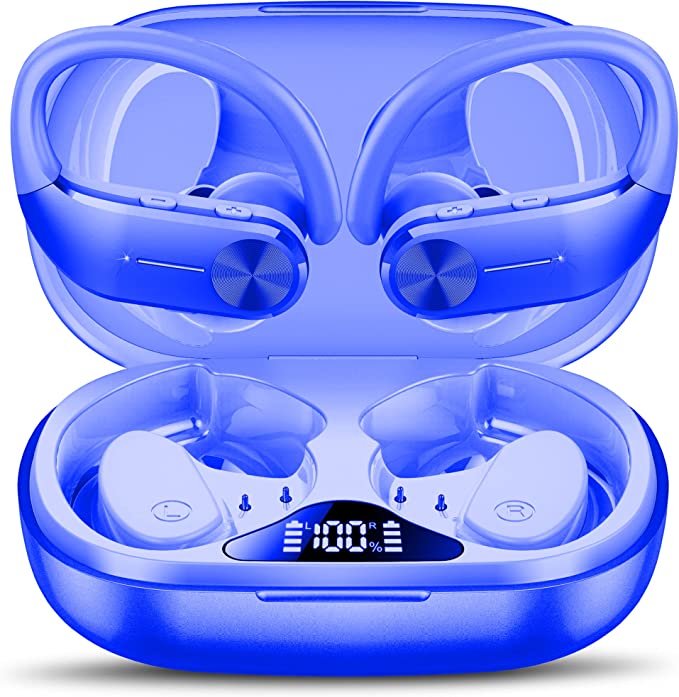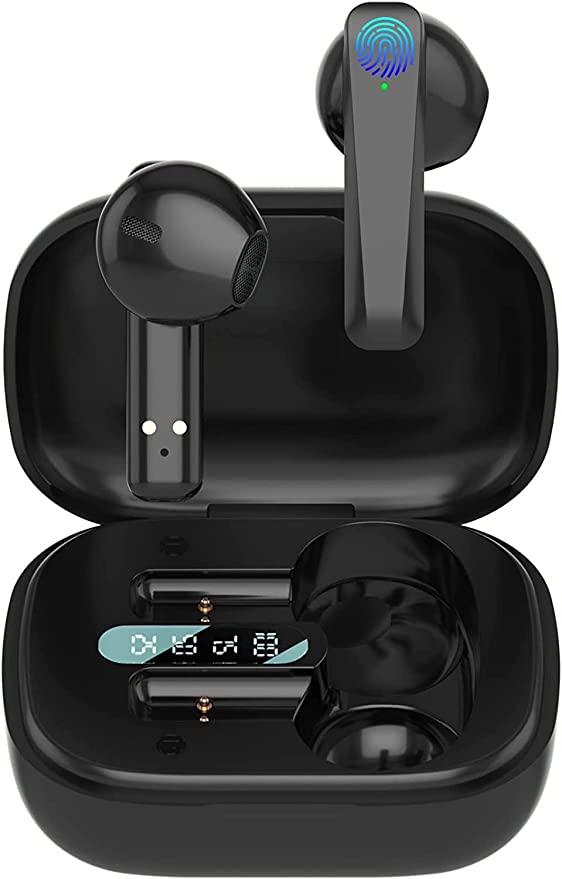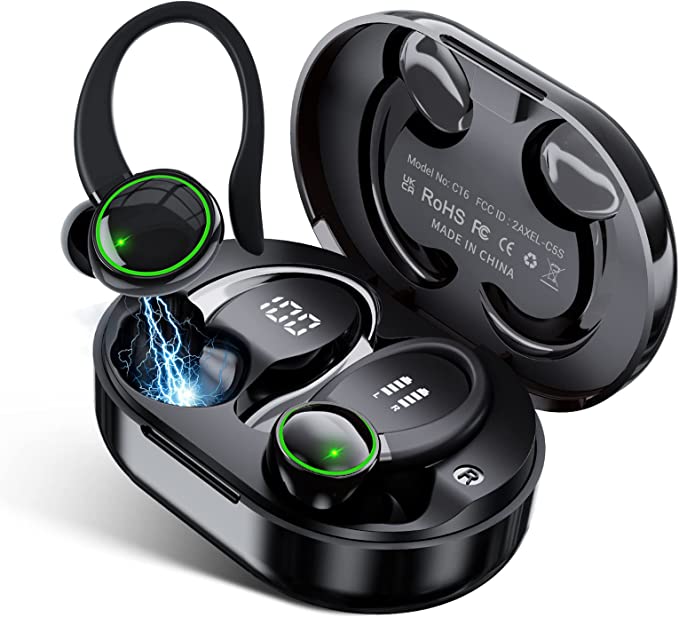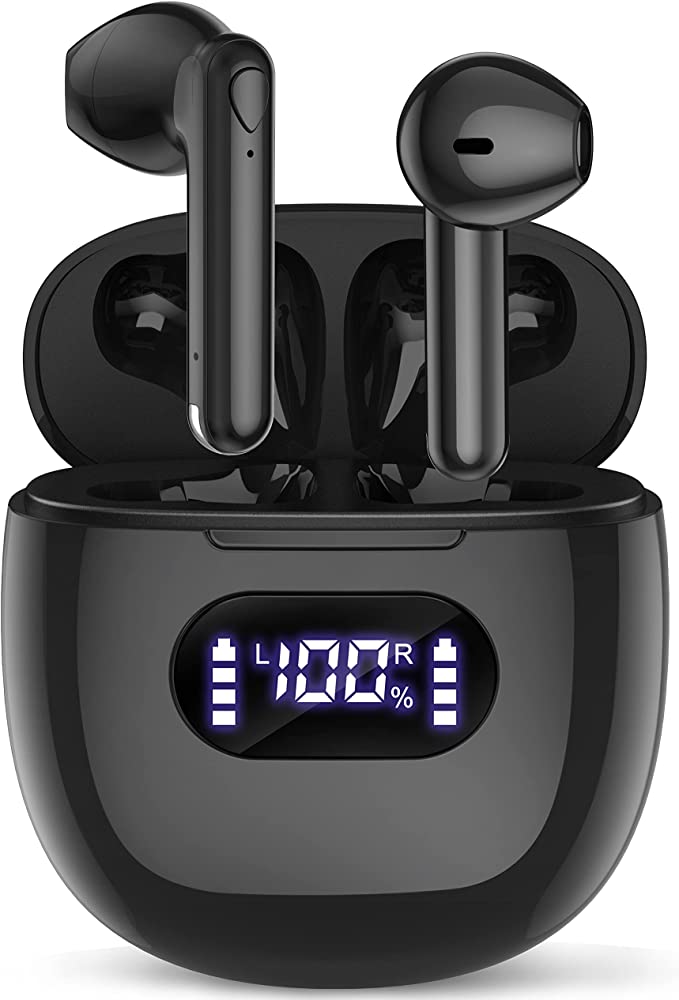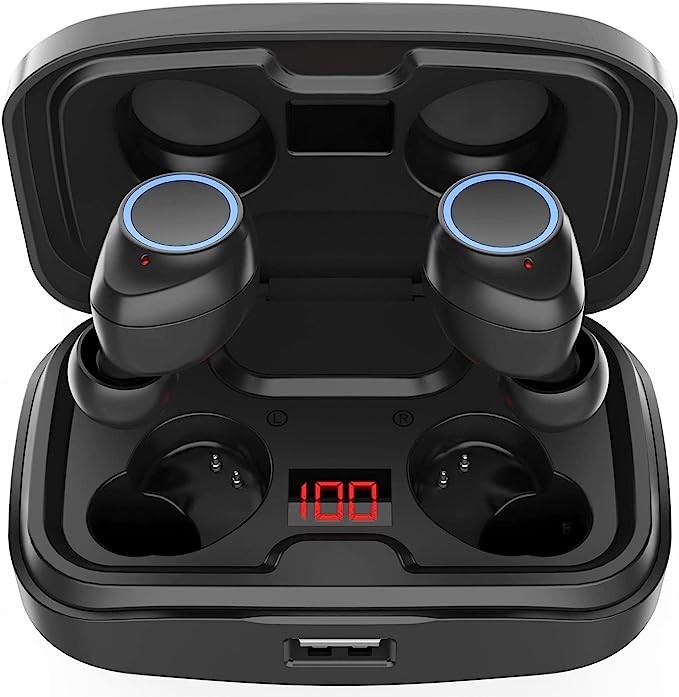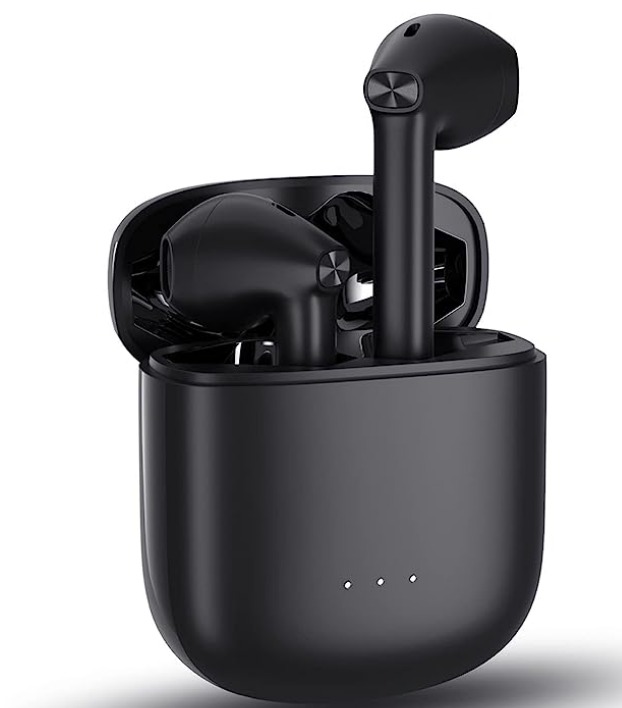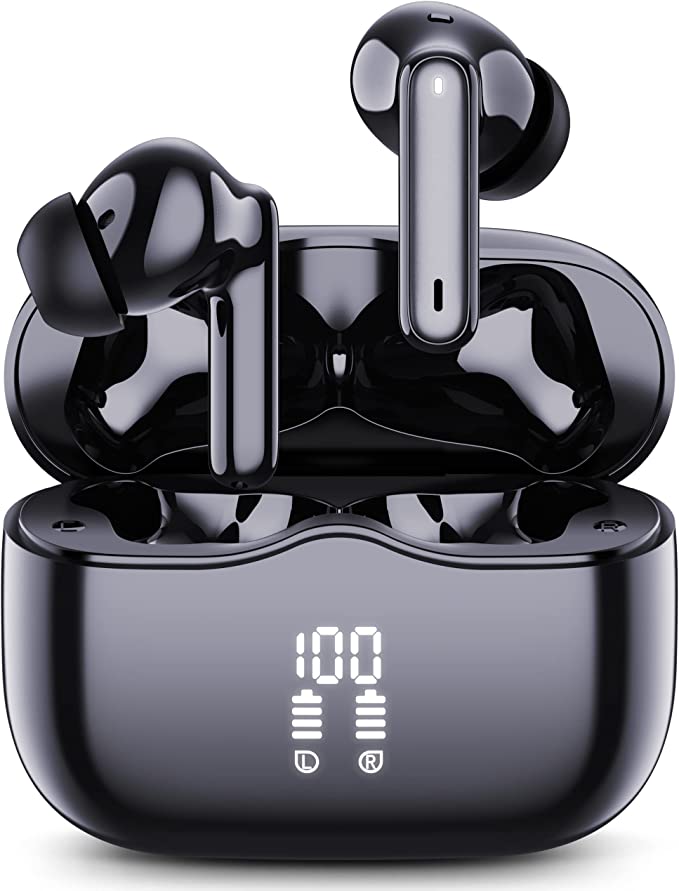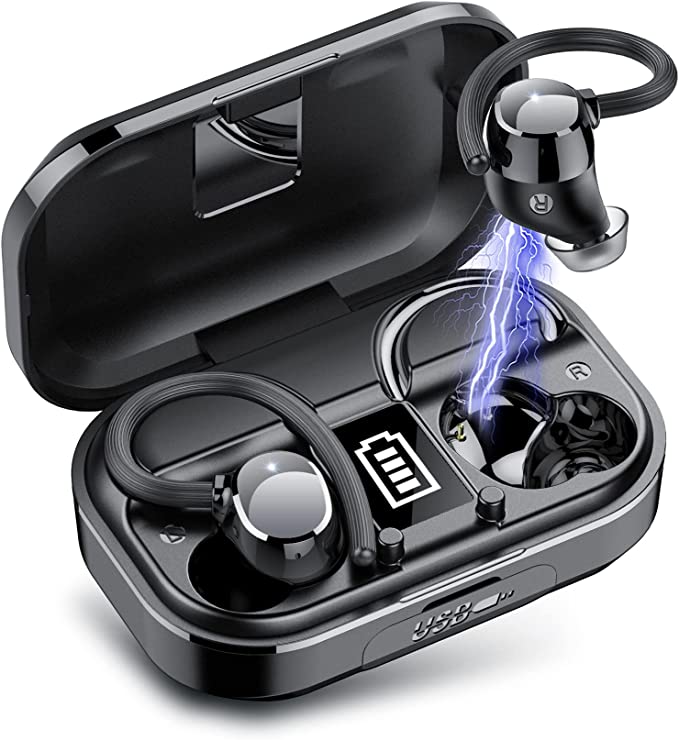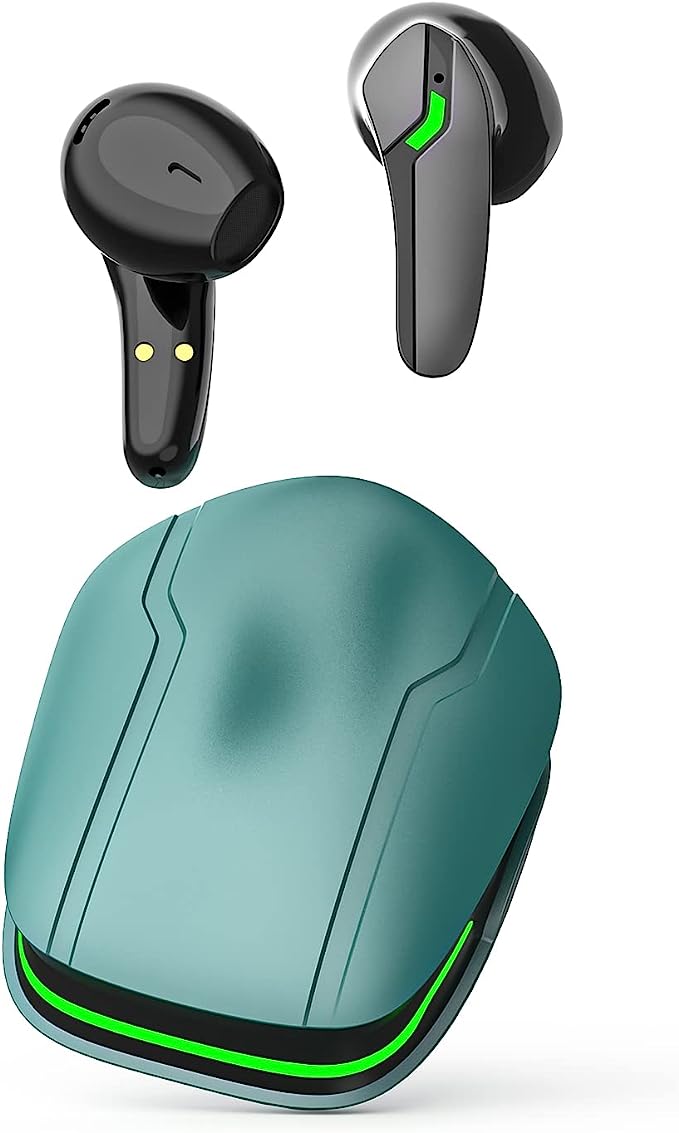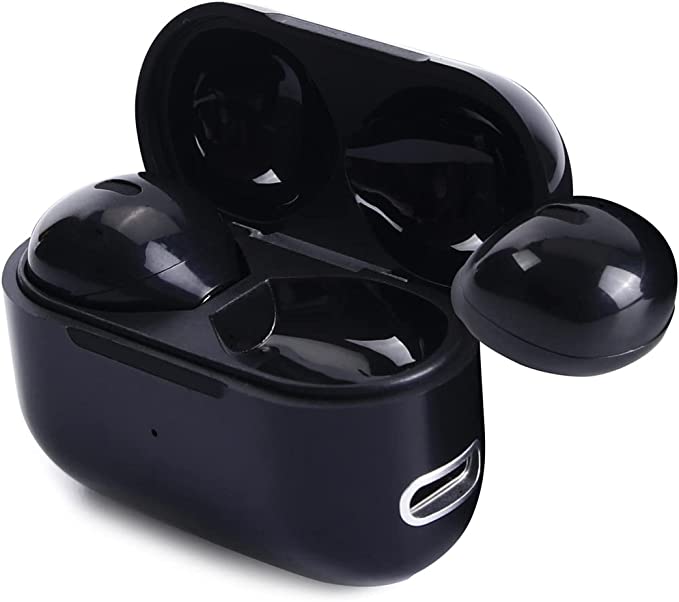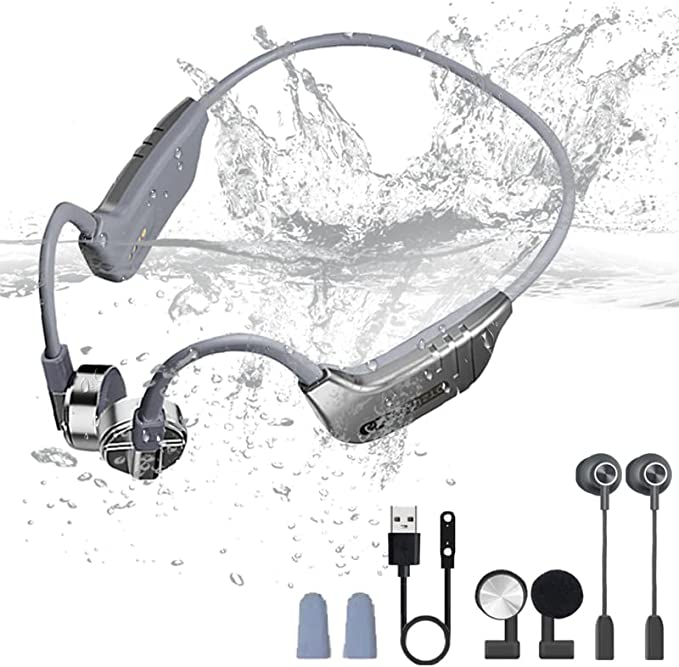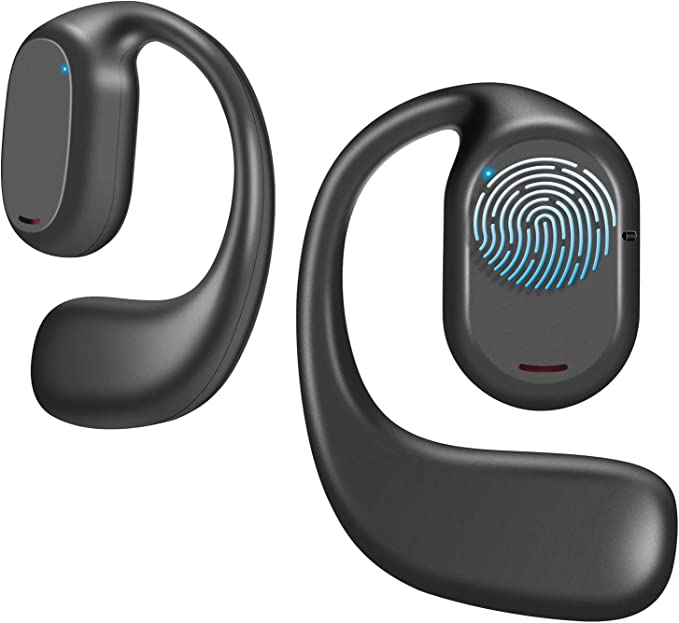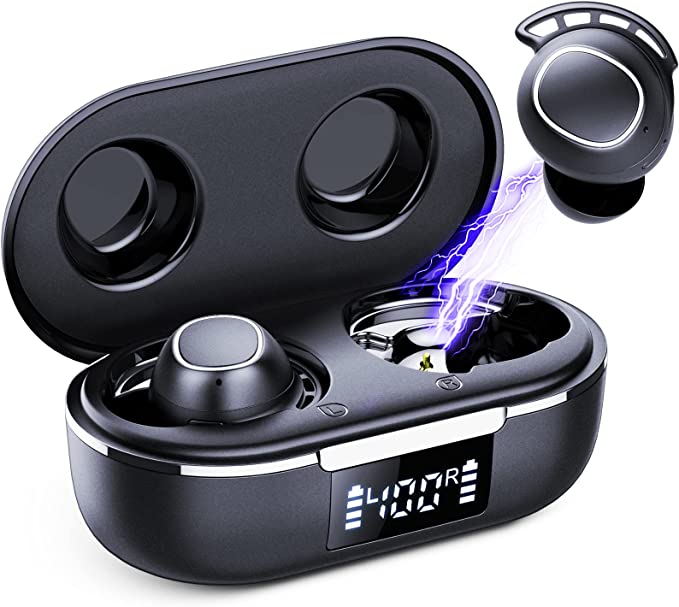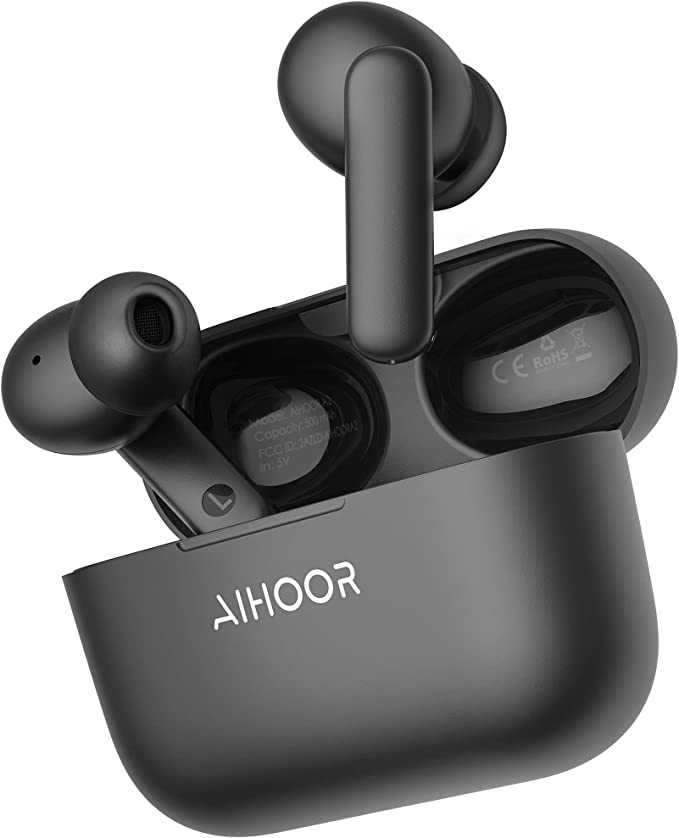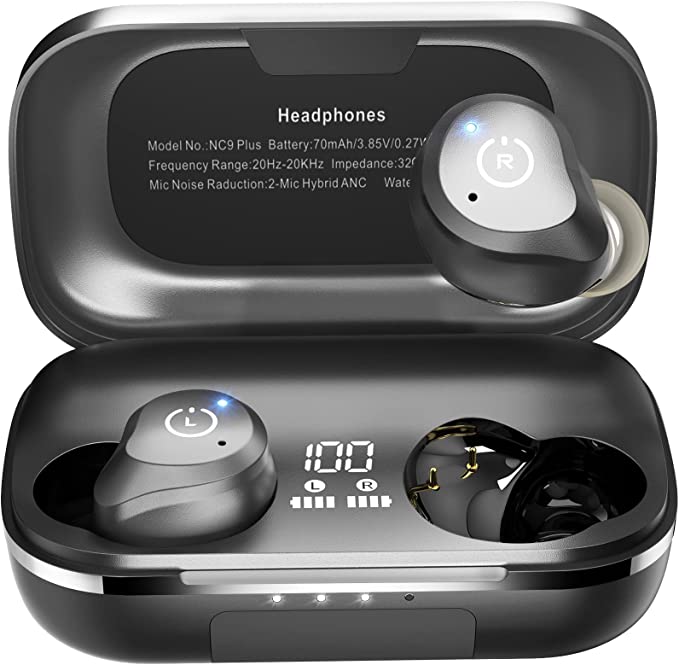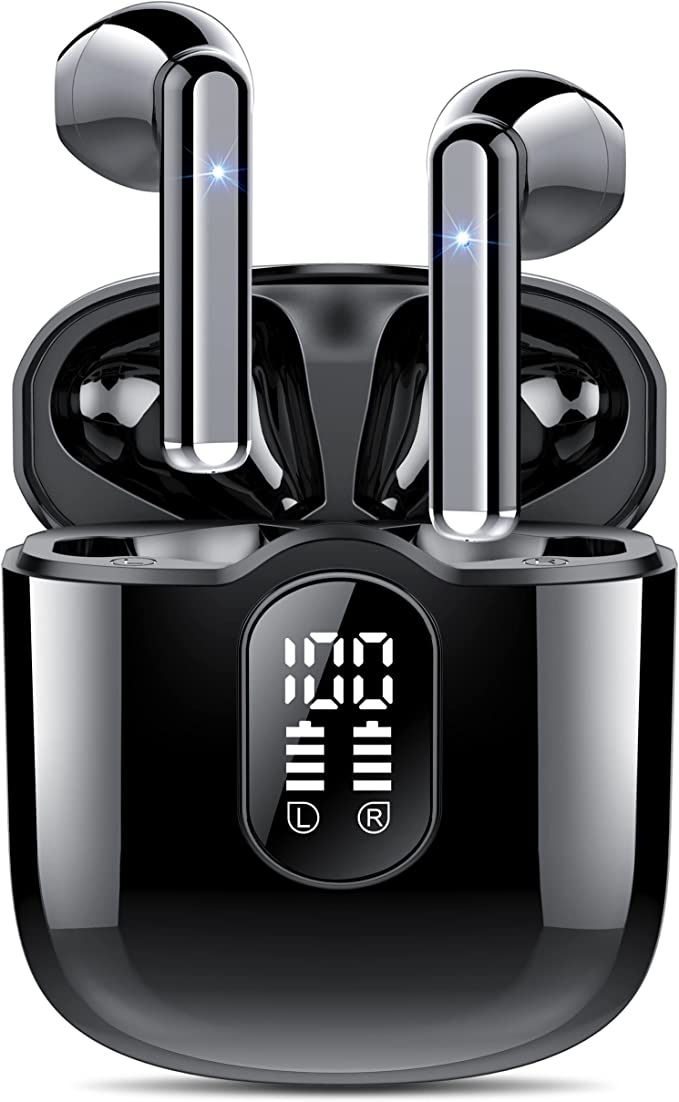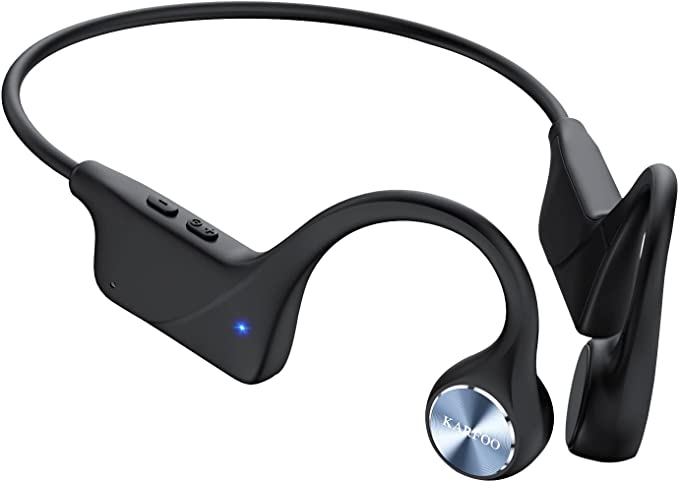FORTECLEAR Wireless Bluetooth Earbuds: The Top Choice for Wireless Earbuds
Update on Aug. 4, 2025, 3:31 p.m.
There’s a subtle magic in pulling a pair of wireless earbuds from their case. In that seamless transition, the world’s noise recedes, replaced by the opening notes of a favorite song or the familiar voice of a podcast host. We are instantly untethered, free to move through the world in our own private soundscape. But what is the nature of this everyday magic? It’s easy to dismiss it as just complex code and tiny batteries. The truth, however, is a captivating story of physics, chemistry, and clever engineering—a story where a modest device like the FORTECLEAR Wireless Bluetooth Earbuds can serve as our guide. By looking beyond the spec sheet, we can uncover the hidden science that orchestrates our daily audio experience.

The Unseen Symphony Conductor: Decoding Bluetooth
Before a single note can be heard, a silent conversation must take place between your phone and your earbuds. This dialogue is orchestrated by Bluetooth, a technology with a surprisingly poetic origin. In the mid-1990s, engineers at Ericsson sought a universal standard to replace the tangled mess of cables connecting devices. They named their project “Blåtand,” a tribute to the 10th-century Viking king, Harald Bluetooth, famed for uniting the warring tribes of Denmark and Norway. The name stuck, and today, Bluetooth technology continues its mission of uniting our disparate gadgets.
The Bluetooth 5.3 standard found in these earbuds is a direct descendant of that original vision, but vastly more sophisticated. Think of it as upgrading a winding country road to a multi-lane superhighway. This modern highway offers wider lanes for more data to travel simultaneously, higher speed limits to reduce lag (latency), and incredible fuel efficiency. For the listener, this translates into a rock-solid connection that’s less prone to dropouts in crowded areas, and a near-perfect sync between the video you see and the audio you hear.
This seamlessness is epitomized by the instant pairing process. The almost magical speed of connection isn’t magic at all; it’s a tiny, elegant piece of physics known as a Hall effect sensor. When you flip open the charging case lid, this sensor detects a minute change in the magnetic field from a magnet in the lid. This detection acts as a silent command, waking the earbuds from their slumber and instructing them to immediately shake hands with the last device they spoke to. It transforms a potentially clunky process into a single, fluid motion.

The Heart of the Music: The Science of Sound Production
Once the connection is established, the real performance begins inside the earbud. Here, the central actor is the dynamic driver, which is essentially a miniature, high-precision loudspeaker. The FORTECLEAR earbuds house a 13mm driver, a relatively large size for an in-ear device. To understand its importance, we must grasp the first principles of sound: sound is vibration.
The driver works by converting electrical signals from your phone into physical movement. A voice coil, which is a small electromagnet, receives these signals. As the electrical current fluctuates, it creates a rapidly changing magnetic field that interacts with a fixed magnet, causing the coil to vibrate at incredible speeds. Attached to this coil is a diaphragm—a thin, light cone. This diaphragm vibrates along with the coil, pushing and pulling the air around it to create the pressure waves that our eardrums perceive as sound.
This is where size matters. A larger diaphragm, like the 13mm one here, can displace a greater volume of air with each movement. This gives it the physical authority to reproduce lower frequencies with more power and depth, resulting in a richer, more impactful bass. However, great audio technology is never just about brute force. The true art lies in the acoustic design—the precise shape of the earbud’s internal chamber and the material properties of the diaphragm itself. Expert tuning ensures that the powerful bass doesn’t overwhelm the delicate mid-range of a voice or the crisp detail of a cymbal, orchestrating a balanced and immersive sound signature.

The Invisible Forcefield: The Material Science of Survival
For a device designed to be a constant companion, from a sweaty gym session to a sudden rain shower, survival is paramount. This is where material science steps in, providing an invisible shield of protection. The earbuds’ IPX7 waterproof rating is a standardized measure of this resilience. The “IP” stands for Ingress Protection, while the “7” indicates a specific level of defense: the device can withstand being fully submerged in up to one meter of water for 30 minutes without damage.
This impressive feat isn’t achieved by making the earbuds hermetically sealed fortresses. Instead, it relies on a far more elegant solution: a hydrophobic nano-coating. Imagine draping the earbuds in an invisible, high-tech raincoat just a few molecules thick. This coating, applied to the exterior surfaces, works at a chemical level to drastically increase the surface tension of any water that comes into contact with it. Rather than spreading out and seeping into crevices, water droplets bead up and roll right off, much like rain on a lotus leaf. This allows the earbuds to be open to the air for acoustic purposes while remaining fundamentally hostile to moisture.
The Art of Unseen Comfort: Ergonomics and Endurance
The most advanced audio technology in the world is useless if the device is too heavy to wear or its battery dies halfway through your commute. The final act of our scientific exploration focuses on the twin disciplines of ergonomics and energy management.
The feeling of “barely-there” comfort is a deliberate engineering goal. Weighing just 0.11 ounces (around 3 grams), each earbud is a testament to lightweight materials and component miniaturization. This minimal mass, combined with a shape contoured to the average human ear and a selection of soft silicone tips, dramatically reduces pressure points and ear fatigue, making extended listening sessions possible. This is the science of ergonomics: designing for the human body to create a seamless, almost symbiotic relationship between user and device. Even the touch controls are part of this, using the body’s natural electrical capacitance to register a command with a simple tap, a silent conversation between skin and sensor.
Finally, the power paradox: how can such a small object hold so much energy? The claimed 50-hour total playback time is a result of a powerful synergy. First, the Bluetooth 5.3 chip sips power with extreme efficiency. Second, the Lithium Polymer batteries within the earbuds and case boast a high energy density, packing more power into a smaller, lighter package than older battery types. And third, the charging case itself acts as a personal power bank, ready to refuel the earbuds multiple times. It’s a carefully balanced ecosystem designed for endurance.
From a Viking king’s quest for unity to the quantum physics of a Hall sensor, the journey of sound from the digital ether to our eardrums is a marvel. A simple pair of wireless earbuds serves as a microcosm of human ingenuity, where acoustics, electromagnetism, chemistry, and ergonomics converge. The true magic, then, isn’t that the technology works, but that it has become so commonplace, so accessible, that we can almost forget the incredible science orchestrating the soundtrack of our lives.

